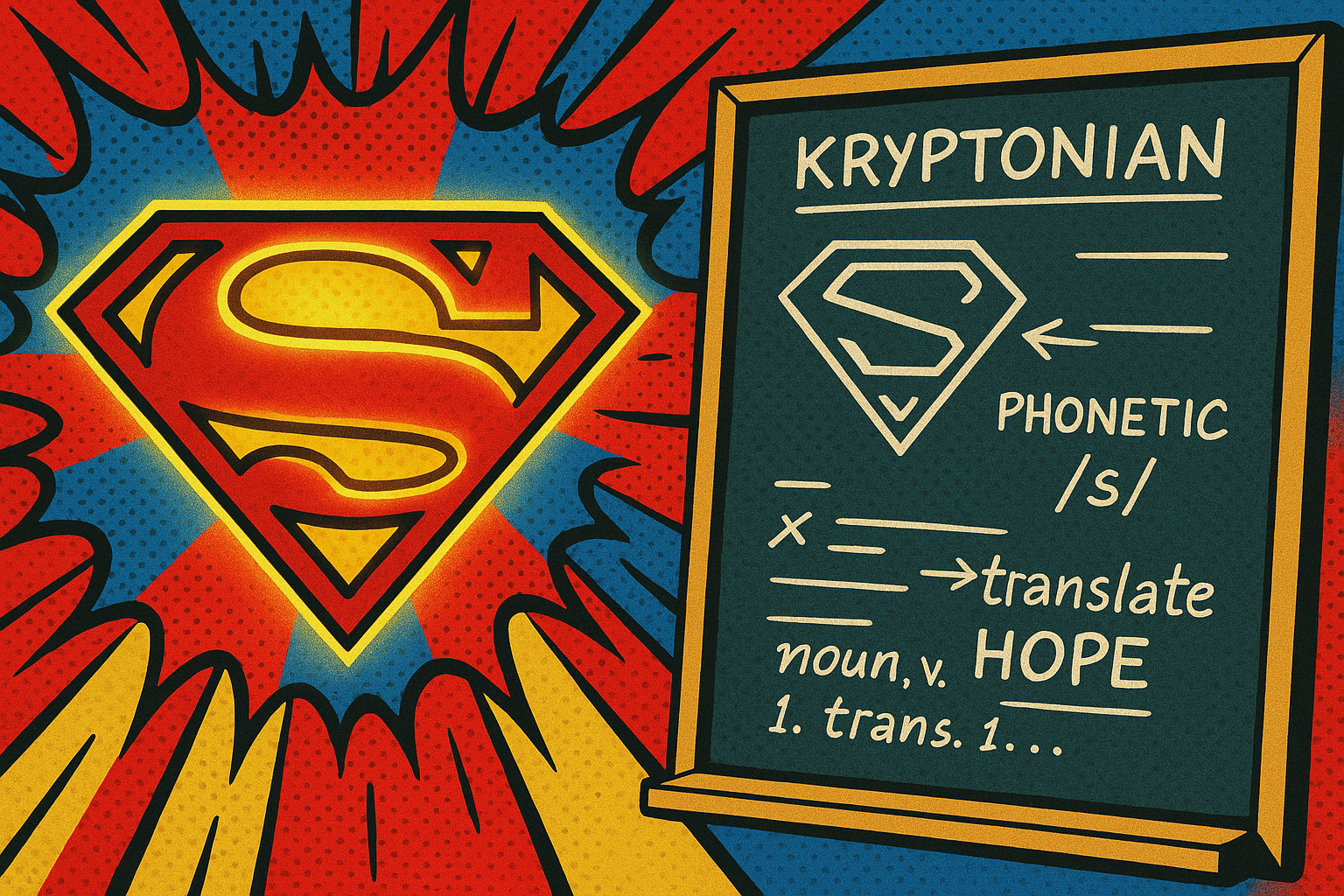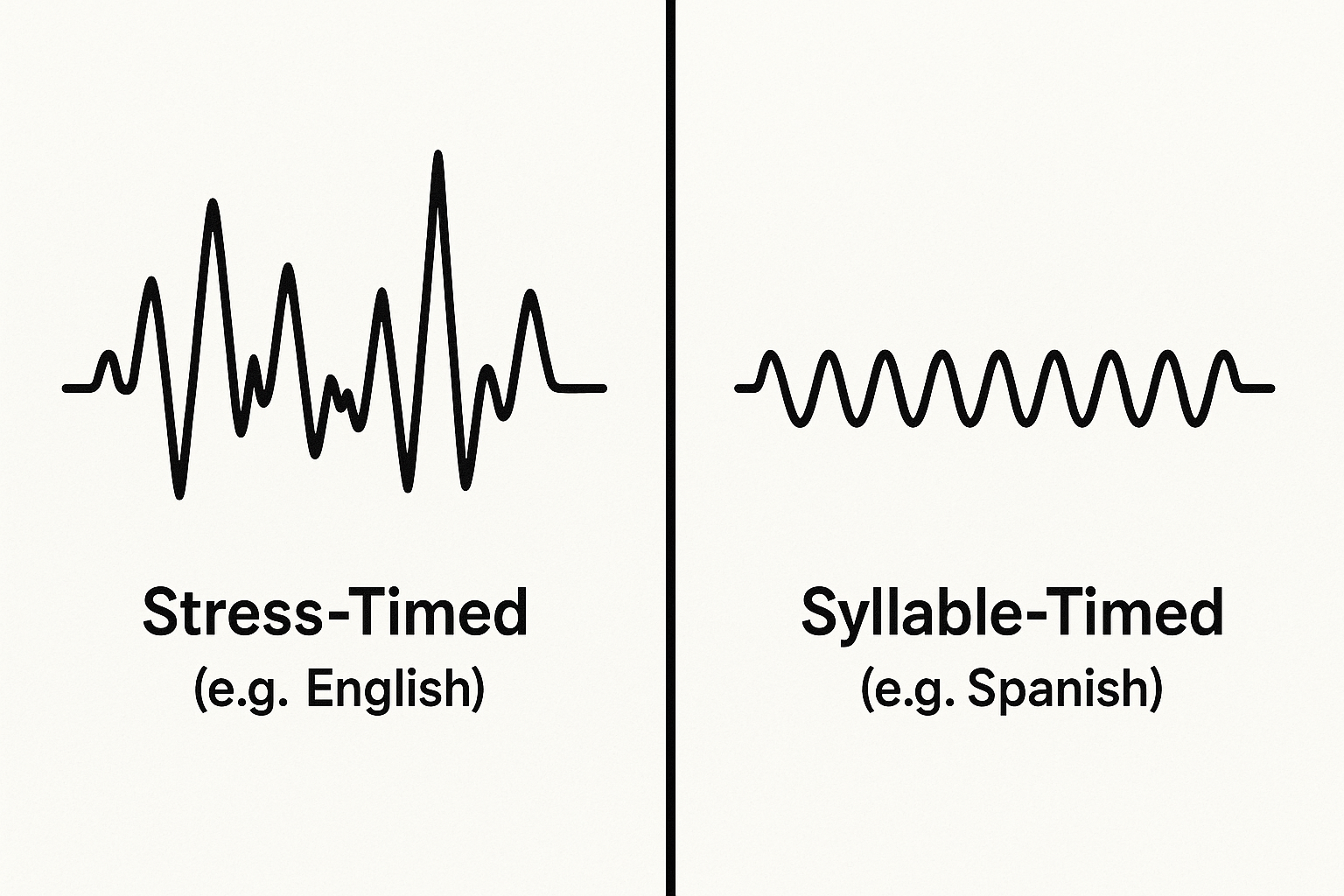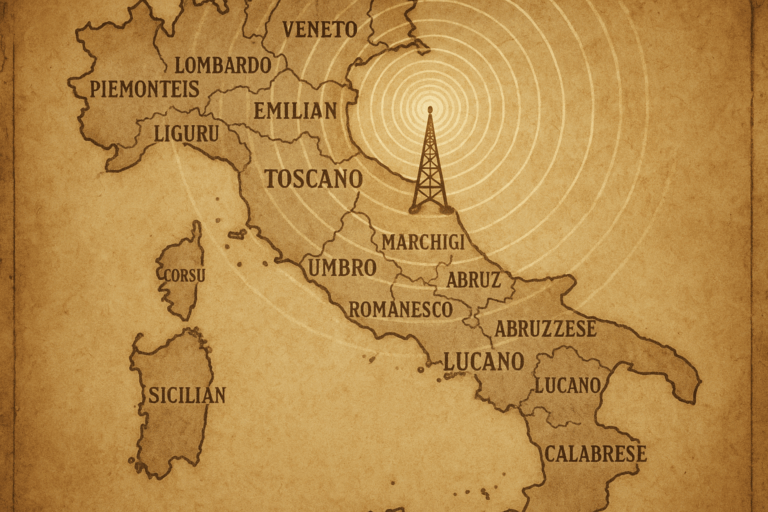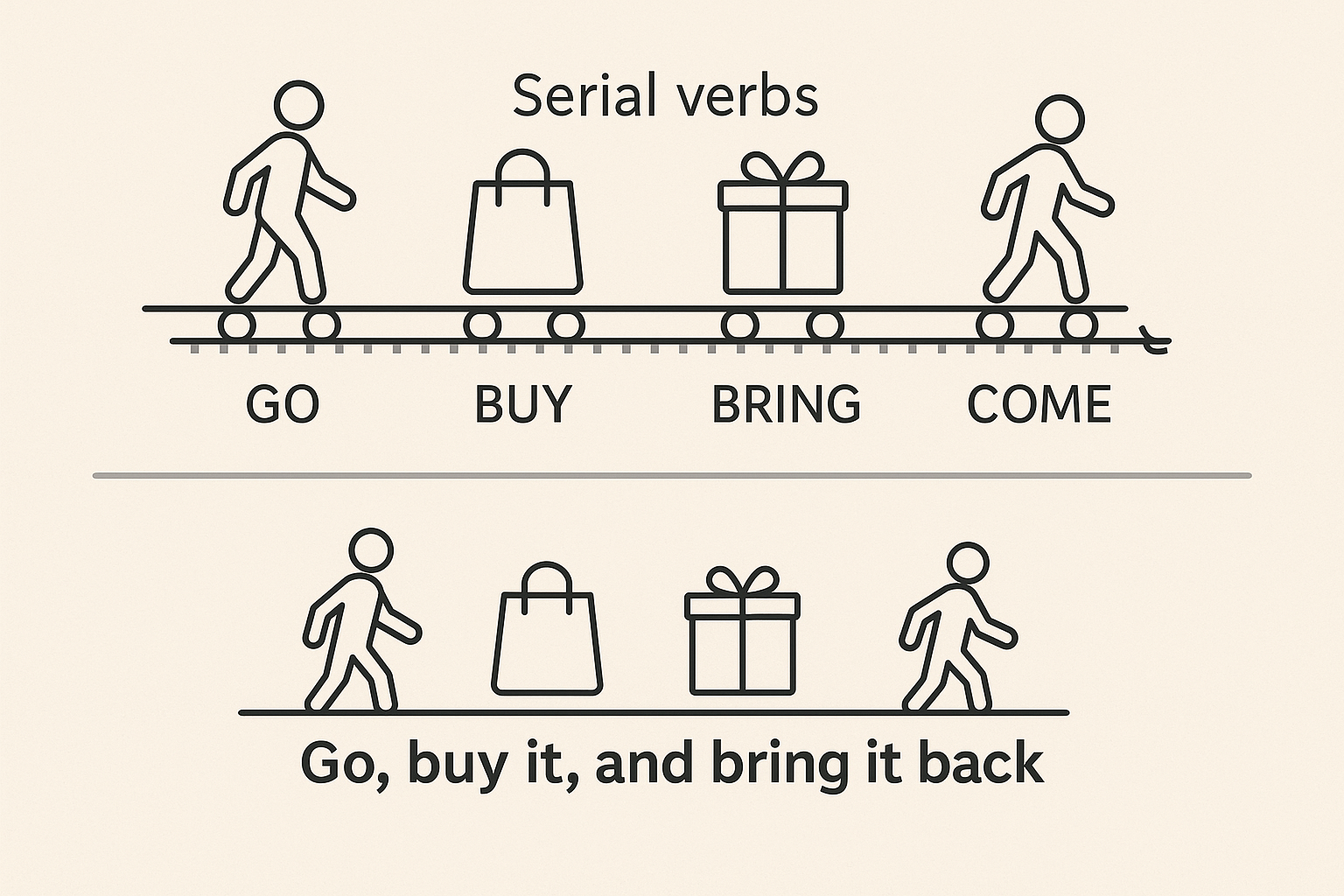To most of the world, it’s the iconic “S” emblazoned on Superman’s chest—a universal symbol of truth, justice, and the American way. But to a linguist, or a devoted fan, it’s something far more profound. It isn’t an “S” at all. It’s a Kryptonian glyph, the sigil of the House of El, and it means “hope.” This single detail is the gateway to one of pop culture’s most surprisingly detailed constructed languages (or “conlangs”): Kryptonian.
Far from being mere alien-looking squiggles, Kryptonian has evolved over decades from background decoration into a functional linguistic system. It’s a fascinating case study in how world-building can transcend simple storytelling and create a tangible piece of a fictional culture.
A Language Forged in the Silver Age
For much of Superman’s early history, any “Kryptonian” writing was just random, inconsistent symbols. It served its purpose as set dressing, indicating something ancient and alien. The first real attempt to systematize it came during the Silver Age of comics, thanks to editor E. Nelson Bridwell, who created a 118-character “Kryptonese” alphabet. While a noble effort, it was mostly a simple substitution cipher for English, a fun puzzle for fans but lacking any real linguistic depth.
The language remained in this state for years, a piece of lore waiting to be fully realized. That changed in the 2000s when DC Comics decided to get serious about Krypton’s culture.
Enter the Linguist: The Modern Kryptonian Alphabet
The modern, official Kryptonian language used in the comics was developed by Dr. Christine Schreyer, a linguistic anthropologist at the University of British Columbia, Okanagan. Hired for the 2013 film Man of Steel, Schreyer didn’t just create a cool-looking alphabet; she built a language with grammatical rules and a unique writing system, which was later adopted and expanded upon in the comics.
Schreyer’s creation is not an alphabet in the English sense. It’s an abugida.
More Than an Alphabet: Understanding the Abugida
So, what exactly is an abugida? It’s a type of writing system where the basic signs represent consonants with an inherent vowel, and other vowels are indicated by modifying these base signs. If you’ve ever seen Devanagari (used for Hindi) or the Thai script, you’ve seen an abugida in action.
Let’s compare it to other systems:
- Alphabet (like English): Vowels and consonants have equal status as independent letters (e.g., C-A-T).
- Abjad (like Arabic/Hebrew): Primarily writes consonants, with vowels often omitted or marked with optional diacritics.
- Abugida (like Kryptonian): A consonant-vowel sequence is the core unit. A base character stands for a consonant + a default vowel (e.g., “k” might inherently mean “ka”). To get “ke” or “ko,” you add a specific mark or rotation to the base “k” character.
This choice makes Kryptonian feel genuinely alien to an English speaker. The flowing, geometric, and almost cursive-like symbols, which often connect, reflect a different way of conceptualizing sound and language. The symbol for “hope” (the S-shield) is a perfect example of this design philosophy—elegant, symbolic, and structurally part of a larger system.
Speaking Like a Kryptonian: Grammar and Syntax
A writing system is only half the battle. Schreyer also laid down the grammatical foundation of the language, moving it far beyond a simple cipher.
The most significant feature of Kryptonian grammar is its word order: Subject-Object-Verb (SOV). English, by contrast, is Subject-Verb-Object (SVO). This fundamental difference changes the entire rhythm and structure of a sentence.
The SOV Rule: A Different Way of Thinking
Let’s look at an example:
- English (SVO): Superman loves Lois. (Subject: Superman, Verb: loves, Object: Lois)
- Kryptonian (SOV): Superman Lois loves. (Subject: Superman, Object: Lois, Verb: loves)
This structure, common in real-world languages like Japanese, Korean, and Hindi, places the action or state of being at the very end of the thought. It creates a sense of suspense and finality in each sentence. Other grammatical features include the absence of a copula (the verb “to be”) in many present-tense constructions, similar to Russian or Arabic. Instead of “He is strong,” a Kryptonian might say, “He strong.”
Kryptonian on Screen: From Page to Panned Shot
While the comics now have a standardized system, Kryptonian has had different interpretations in other media, each with its own aesthetic.
- Smallville (TV Series): This show developed its own Kryptonian language and writing system, which was more blocky and angular than the comic version. It was used extensively for puzzles and prophecies within the show’s mythology, giving fans plenty to decode.
- Man of Steel (DCEU): This is perhaps the most comprehensive visual realization of Kryptonian. The production design team, guided by Schreyer’s work, integrated the language into every facet of Kryptonian culture. The flowing, cuneiform-like script is etched into armor, weaponry, ships, and architecture. It created an immersive sense of a civilization with a deep, literary history. The film’s “Glyph Language” served as the formal script, while other modes were developed for different contexts.
Why a Fictional Language Matters
One might ask, why put so much effort into a language that no one speaks? The answer lies in the power of world-building. A language gives a fictional culture its soul. It informs its art, its philosophy, and its identity.
For Superman, Kryptonian is a tangible link to his lost heritage. It’s a reminder that he is Kal-El, the last son of a technologically advanced and culturally rich civilization. When he learns that his family’s crest means “hope,” it’s not just a cool fact—it redefines his entire mission on Earth. The language transforms a costume into a symbol of his family’s enduring legacy.
A Symbol of Hope, A System of Meaning
Kryptonian has journeyed from being random squiggles to a linguistically-sound abugida with its own grammar. It stands alongside other great conlangs like Klingon and Elvish as a testament to how deep storytelling can go. It proves that language—even a fictional one—is never just a collection of words. It’s a repository of culture, a framework for thought, and, in the case of Superman, a system that gives profound meaning to a universal symbol of hope.








